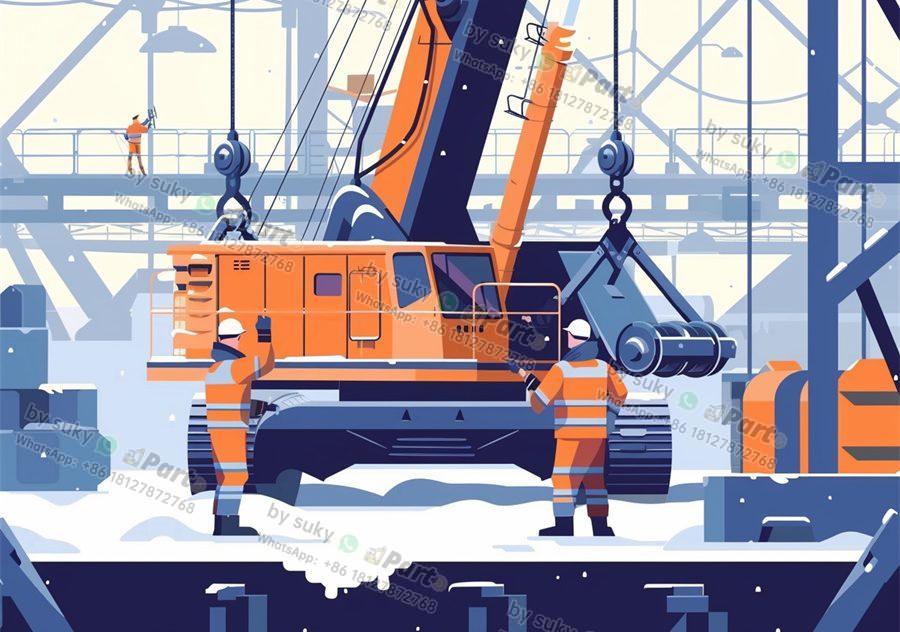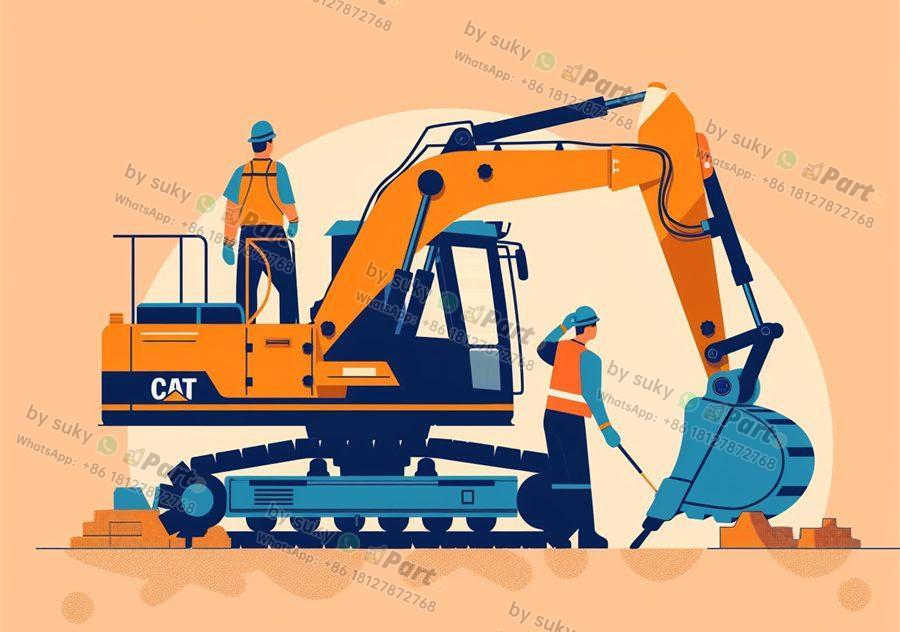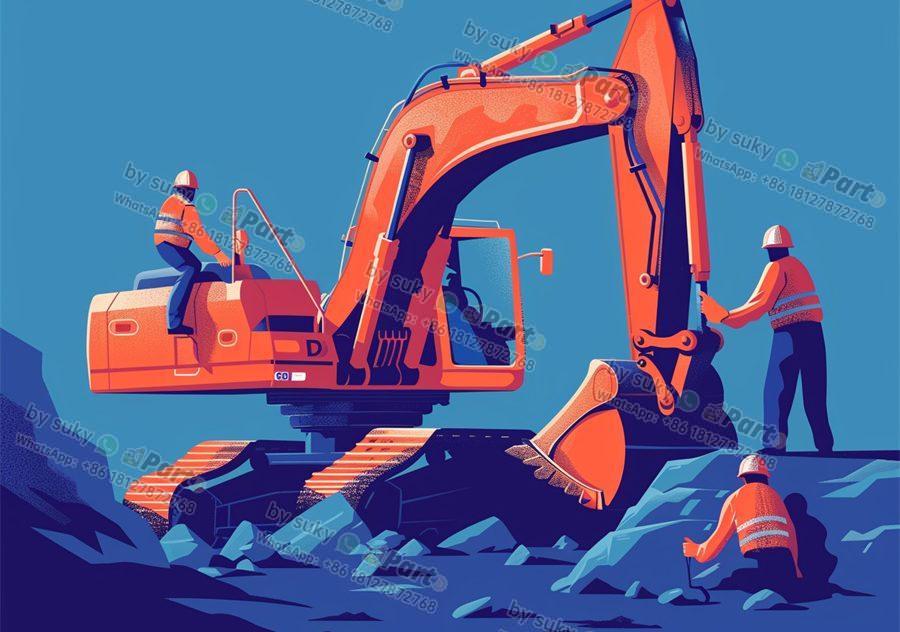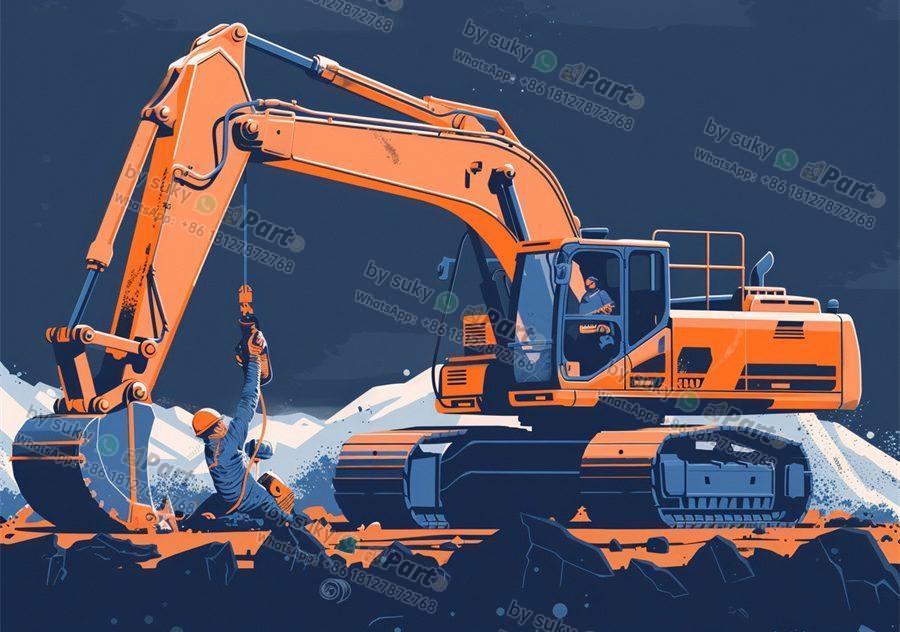Gray Market Kubota Excavator Parts
Are you in the market for Kubota excavator parts but are wary of the quality and reliability of gray market options? Gray market Kubota excavator parts refer to parts that are not officially authorized by Kubota and are often sold through unauthorized distributors. While there may be some concerns regarding gray market parts, there are also benefits to consider when weighing your options.
Quality Concerns
One of the main concerns when it comes to gray market Kubota excavator parts is the quality and reliability of the products. Since these parts are not officially authorized by Kubota, there is a risk that they may not meet the same quality standards as genuine Kubota parts. This could potentially lead to issues with compatibility, performance, and durability, ultimately costing you more time and money in the long run.
Price Advantage
Despite the quality concerns, one of the biggest benefits of opting for gray market Kubota excavator parts is the price advantage. Gray market parts are typically offered at a lower price point compared to genuine Kubota parts, making them a more affordable option for those looking to save on costs. This can be especially beneficial for importers and distributors who are looking to maximize profits while still providing their customers with competitive pricing.
Product Variety
Another advantage of gray market Kubota excavator parts is the variety of products available. Gray market parts may offer a wider selection of options compared to genuine Kubota parts, allowing you to find the specific part you need for your Kubota excavator. This can be particularly helpful for importers and distributors who cater to a diverse customer base with varying needs and requirements.
Overall, while there are certainly quality concerns to consider, gray market Kubota excavator parts can be a viable option for importers and distributors looking to balance cost savings with product variety. By carefully evaluating the quality of the parts and working with reputable distributors, you can confidently offer gray market parts to your customers without compromising on reliability. Remember to always prioritize quality and customer satisfaction to maintain a strong reputation in the industry. Consider the benefits and drawbacks of gray market Kubota excavator parts carefully before making a decision that works best for your business.








